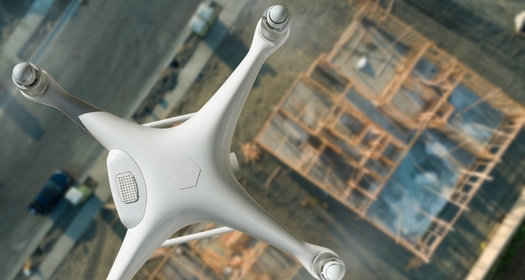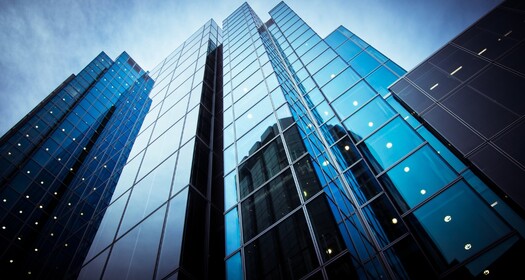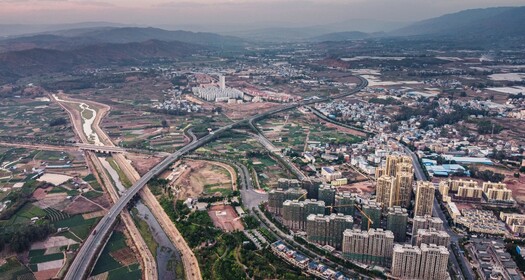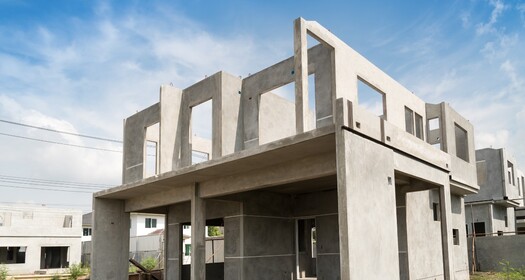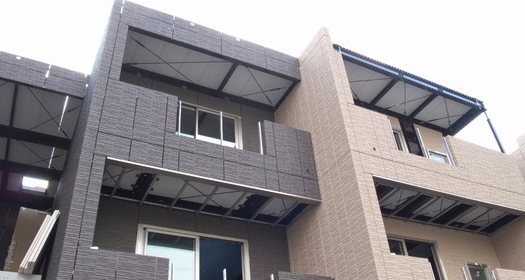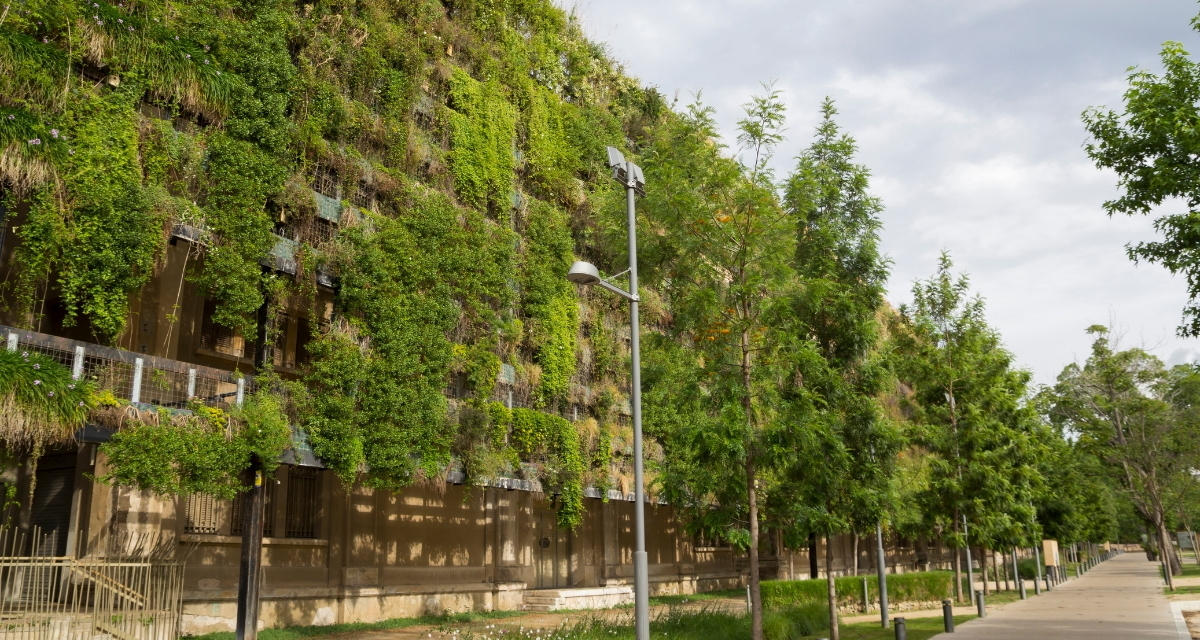
As the construction industry in the United States continues to grow, so too does the focus on sustainable building practices. From using energy-efficient materials to implementing green technologies, more and more contractors and developers are looking for ways to reduce their environmental impact and create more sustainable structures. But what does the future hold for sustainable construction in the U.S.?
The Benefits of Sustainable Construction
The benefits of sustainable construction are numerous. In addition to reducing the environmental impact of building projects, sustainable construction can also lead to cost savings over the long term. As LEED (Leadership in Energy and Environmental Design) certified buildings have demonstrated, green buildings often have lower energy and water bills, as well as reduced maintenance costs. Sustainable construction can also have a positive impact on the health and well-being of the people who use the buildings, thanks to improved indoor air quality and access to natural light.
Current Trends in Sustainable Construction
One of the biggest trends in sustainable construction today is the use of smart technologies. From smart thermostats to automated lighting systems, these technologies allow buildings to be more energy-efficient and responsive to the needs of their occupants. Other popular trends in sustainable construction include the use of recycled and natural materials, as well as the incorporation of green roofs and solar panels. These strategies not only reduce the environmental impact of building projects, but they can also add aesthetic value and even improve property values.
Challenges and Opportunities in Sustainable Construction
Like any industry, sustainable construction in the U.S. faces its own set of challenges. One major obstacle is the upfront cost of implementing sustainable technologies and materials. While these investments can pay off in the long run, they may be prohibitively expensive for some developers and contractors. Another challenge is the lack of standardization in the industry, as there is no one-size-fits-all approach to sustainability. This can make it difficult for builders to know which strategies will be most effective in reducing their environmental impact.
Despite these challenges, there are also many opportunities for growth in the sustainable construction industry. As more and more people become aware of the benefits of green building, demand for sustainable construction is likely to increase. Additionally, as the cost of sustainable technologies continues to drop, they will become more accessible to a wider range of builders. Finally, the U.S. government has shown a commitment to promoting sustainable construction through initiatives like the Better Buildings Challenge, which encourages building owners and managers to save energy and water.
The Future of Sustainable Construction
It's clear that sustainable construction will continue to play an important role in the U.S. building industry in the coming years. As more people become aware of the benefits of green building, demand for sustainable construction is likely to increase. At the same time, the cost of sustainable technologies is likely to continue to drop, making them more accessible to a wider range of builders. With these trends in mind, it's safe to say that the future of sustainable construction in the U.S. looks bright. We can expect to see more buildings constructed with energy-efficient materials and technologies, as well as a greater focus on the use of recycled and natural materials. The incorporation of green spaces and renewable energy sources like solar panels will also likely become more common. "Sustainable building practices not only reduce the environmental impact of construction projects, but they also have the potential to create healthier and more efficient buildings for people to live and work in," says Sarah Smith, CEO of GreenBuild Construction. "I think we'll see a continued shift towards sustainability in the construction industry as more people become aware of the benefits it offers." Ultimately, the future of sustainable construction in the U.S. will depend on the efforts of builders, contractors, and developers to embrace green building practices. With the right strategies and technologies in place, it's possible to create structures that are not only environmentally friendly, but also cost-effective and beneficial to the people who use them. As the industry continues to evolve, it will be exciting to see the innovative ways in which builders work to create a more sustainable future.


